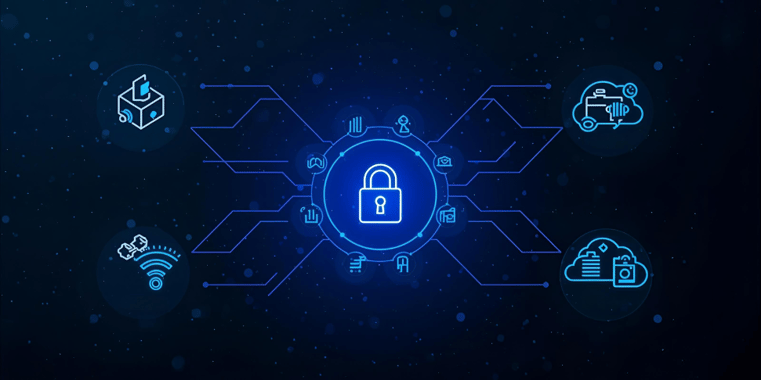You can harden a device’s firmware, lock down its interfaces, and encrypt its storage, but if the link to the cloud is weak, none of it matters.
Time and again, I’ve found that even the most carefully engineered products still stumble when it comes to securing device-to-cloud trust channels. That connection is often the Achilles’ heel.
Common Weaknesses
In my pen tests, I often see the same problems appear again and again:
- Incomplete mutual authentication: the device verifies the cloud service, but the cloud doesn’t verify the device. That means an attacker can impersonate a valid device with little resistance.
- Weak certificate or key management: long-lived certificates or hard-coded API keys stored directly in firmware make it easy to spoof trust.
- Session replay and downgrade attacks: communications that don’t validate freshness or allow fallback to weak encryption protocols can be hijacked.
- Insecure APIs: cloud endpoints often expose far more functionality than the device needs, creating additional opportunities for exploitation.
These aren’t exotic flaws. They’re basic mistakes that attackers know how to exploit. While they may look like small oversights on their own, in reality, they open the door to large-scale compromise.
What Happens When Cloud Links Fail
These weaknesses don’t just create theoretical risk; they create real-world opportunities for attackers.
In penetration tests, I’ve extracted certificates from firmware that let me impersonate devices and interact with the cloud as if I were legitimate. I’ve replayed captured traffic to issue unauthorized commands. I’ve uncovered APIs that granted far more access than the device ever needed, effectively handing attackers the keys to management systems.
The danger is scale. Once attackers succeed, the consequences ripple far beyond a single product:
- Data Exposure: Sensitive user, financial, or operational data can leak through poorly secured APIs.
- Ecosystem Breach: Impersonated devices can access cloud platforms, management consoles, or enterprise networks.
- Service Disruption: Spoofed devices can overwhelm cloud services and interrupt legitimate operations.
- Botnets and Hijacking: Weak authentication allows attackers to register thousands of fake devices, building botnets for DDoS attacks or worse.
- Regulatory Impact: Rules like the EU CRA and FDA 524B require secure remote communications and update mechanisms. Weak links put compliance — and market access — at risk.
Securing the Chain
Protecting the device-to-cloud link requires more than just encrypting traffic. It demands a layered approach:
- Enforce strong mutual TLS so both device and cloud validate each other’s identity.
- Manage certificates and tokens with rotation to avoid long-lived secrets.
- Implement strict API scopes so devices can only access what they actually need.
- Harden transport protocols against replay and downgrade attacks.
- Audit and test cloud endpoints with the same rigor applied to the device itself.
This is where I see Finite State making a big difference. The platform doesn’t just analyze firmware in isolation; it maps out the broader ecosystem, including how devices authenticate, what cloud endpoints they call, and how APIs are secured. On top of that, penetration testing validates the whole chain in practice, ensuring the protections hold up under real-world attack conditions.
The Bottom Line
A device’s security isn’t just in its firmware. It lives in the trust channel that binds it to the cloud. If that chain is weak, all other protections can fail.
These aren’t hypothetical risks. They’re the weaknesses I uncover in penetration tests every day — and they’re preventable. Manufacturers that address cloud security proactively reduce risk, avoid regulatory setbacks, and build trust with customers. Those that don’t leave the door wide open for attackers.
Learn More
Explore how Finite State helps manufacturers secure device-to-cloud ecosystems.
Subscribe to Our Blog
Get the latest posts delivered straight to your inbox weekly.
Share this
You May Also Like
These Related Stories

Expanding CISA’s Security Guidance Beyond OT/ICS: A Holistic Approach to IoT Security

Why IoT Security Is Harder Than IT Security


